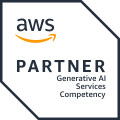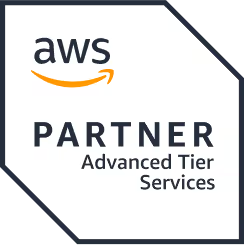Insights from BrowserStack’s AI In QA Meetup at Ideas2IT HQ
TL'DR
- AI is now foundational to software testing in high-velocity teams.
- At the BrowserStack AI in QA Meetup hosted by Ideas2IT, leaders showcased how AI is enabling up to 4x QA productivity, risk mitigation, and faster release cycles.
- The event highlighted key themes for QA leaders: automation efficiency, test intelligence, explainability, and org-wide AI adoption readiness.
- This blog decodes the strategic shifts, tooling realities, and AI adoption challenges that QA directors, Product Owners, and CTOs must understand today.
AI in QA: A Central Transformation
In 2025, AI in software testing/QA is not experimental. From test planning to defect triage, AI is influencing every stage of the QA lifecycle. According to the World Quality Report, over 63% of organizations have already begun implementing AI/ML into their QA workflows and 74% expect AI to become a critical component of QA within the next 2 years.
At the BrowserStack QA Meetup held on June 14 at Ideas2IT’s HQ, QA professionals, developers, and AI practitioners came together to evaluate one critical shift: AI is emerging as the backbone of software testing, shifting from a supporting role to a central one. It is about transformation. Transformation of how we define quality, speed, and value.
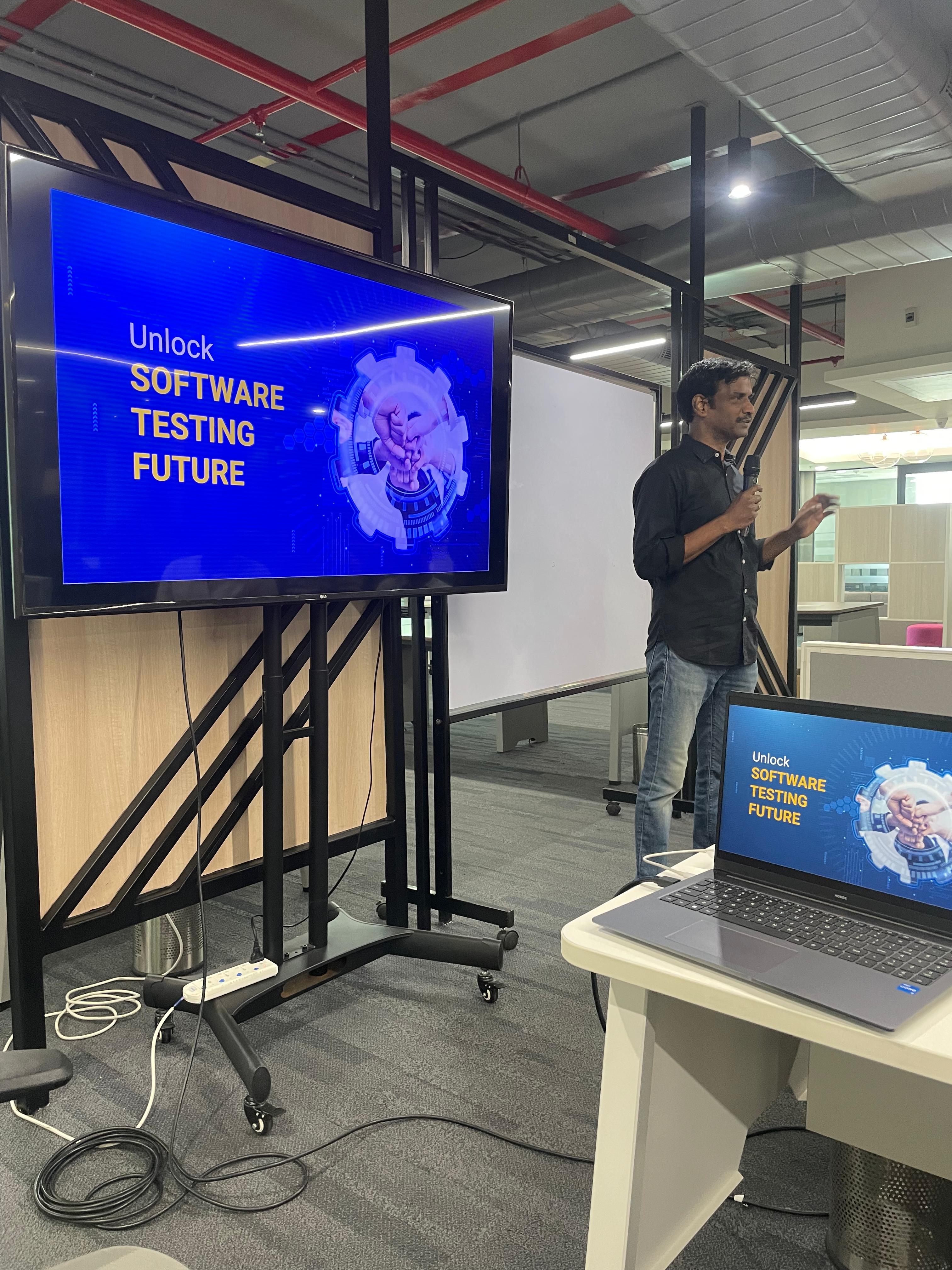
Evolving Priorities for QA Leaders in the AI Era
Opening keynotes from Senthilkumar Balakrishnan and Maheshbabu Nammalvar outlined key areas of focus for QA leaders. The discussions highlight three emerging priorities as AI adoption in QA accelerates:
- Expand QA’s scope from verification to release enablement
- Embed test intelligence across CI/CD pipelines
- Use AI proactively for security, anomaly detection, and quality signal tracing
Maheshbabu’s session on AI-driven security testing illustrated how intelligent tools are helping teams detect vulnerabilities earlier and reduce fraud exposure. With examples from regulated domains, he demonstrated how automated pattern recognition is supporting real-time risk scoring in dynamic environments.
“AI is evolving from execution support to decision support in QA. This goes beyond tools; it’s a question of governance and accountability.”
— Maheshbabu Nammalvar
One notable trend is the shift of AI from a support tool to a decision-making partner within QA processes. This shift requires new governance frameworks to ensure explainability and oversight, especially in regulated industries where risk mitigation is critical.
Takeaway for QA Directors:
The org chart needs to shift. QA must be involved earlier in the pipeline and armed with AI tools to operate at scale.
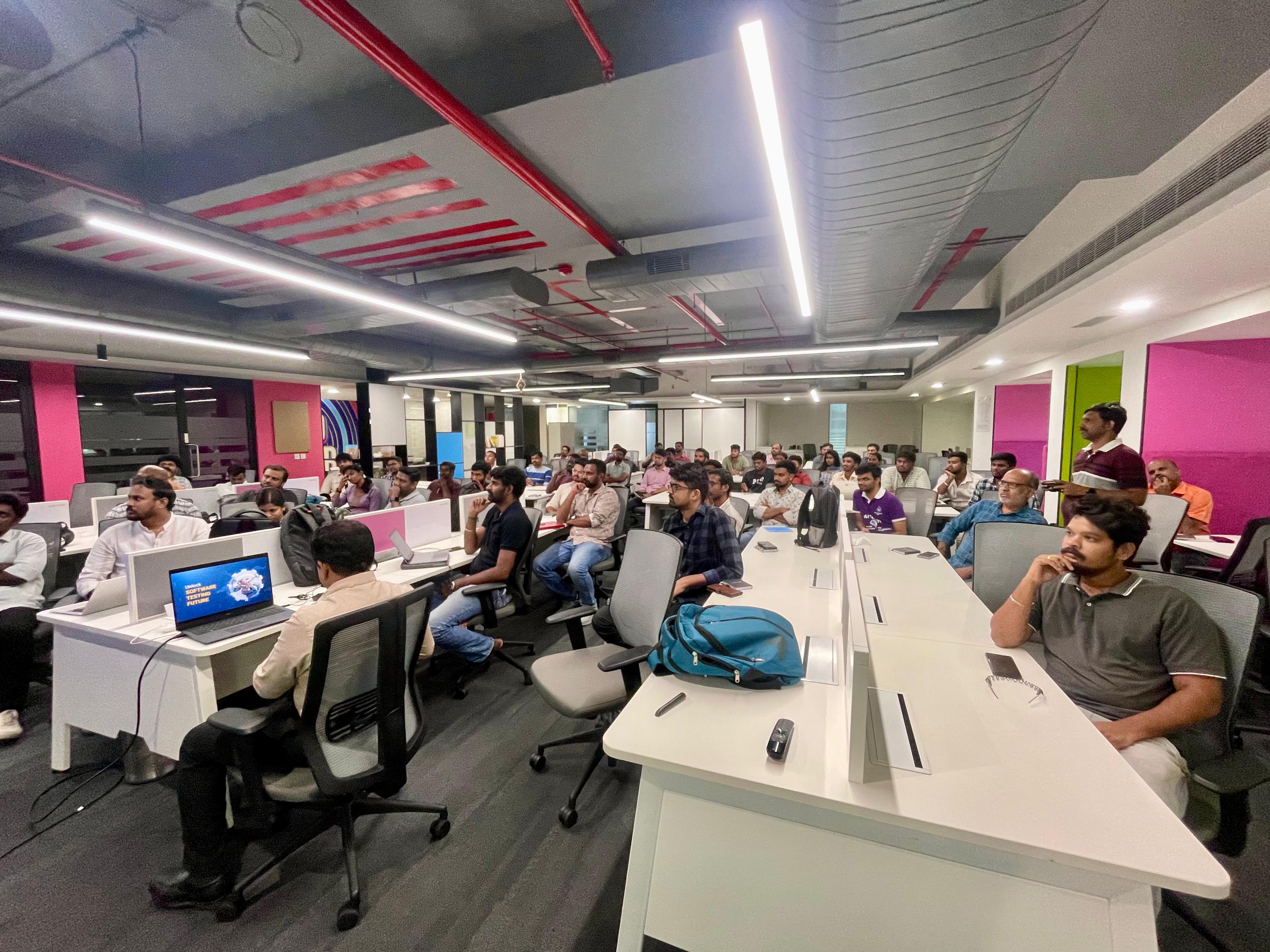
Quantifiable Benefits of AI Integration in QA
Aravind Pandiyan highlighted practical frameworks to integrate AI into existing QA stacks. His insights focused on:
- Auto-generated test cases using LLMs
- Predictive test prioritization using historical defect data
- Live defect clustering to reduce bug triage time by up to 60%
Industry research supports these results. Gartner projects that organizations incorporating AI-augmented testing can expect a 30% reduction in QA costs and a 25% faster release cycle within the first year of adoption.
These productivity gains enable teams to maintain quality at scale, reducing manual effort and speeding up feedback loops.
Integrating AI into QA Workflows
AI is used to complement and enhance existing testing processes rather than replace them. Key areas of focus include:
- Supporting exploratory testing with AI-guided insights
- Identifying redundant test cases in regression suites
- Enabling faster feedback through integration with CI pipelines
This approach centers on gradual, low-friction adoption, ensuring changes are traceable and deliver measurable improvements without disrupting established workflows.
Three Leadership Priorities for AI in QA
To effectively adopt AI in QA, leadership must:
- Upskill teams for AI literacy: Build knowledge in GenAI, machine learning behavior, and risk assessment. QA engineers need skills beyond traditional automation tools.
- Rationalize toolchains: Consolidate testing tools to avoid complexity and improve workflow integration, favoring AI-native platforms.
- Establish governance and explainability: Ensure AI decisions are transparent, auditable, and allow for human oversight to avoid compliance risks.
The evolving QA mandate extends beyond finding bugs to safeguarding product reliability, security, and user experience.
Lessons from Early AI Integration in QA
Some participants from our venue partner, Ideas2IT, shared their experiences and a few key learnings from integrating AI into active engineering environments. Their teams are using AI to:
- Assist testers during exploratory testing sessions
- Detect behavior patterns from production logs for faster issue tracing
- Identify redundant test cases in regression suites to optimize execution time
The emphasis remains on introducing AI where it adds clarity and reduces manual overhead. Rather than replacing human input, AI is positioned as a support layer embedded within existing pipelines.
This highlights the importance of low-friction adoption strategies and measurable outcomes over wholesale tooling changes.
For those evaluating AI adoption, their recent blog on AI-Redefined Testing offers some useful insights.
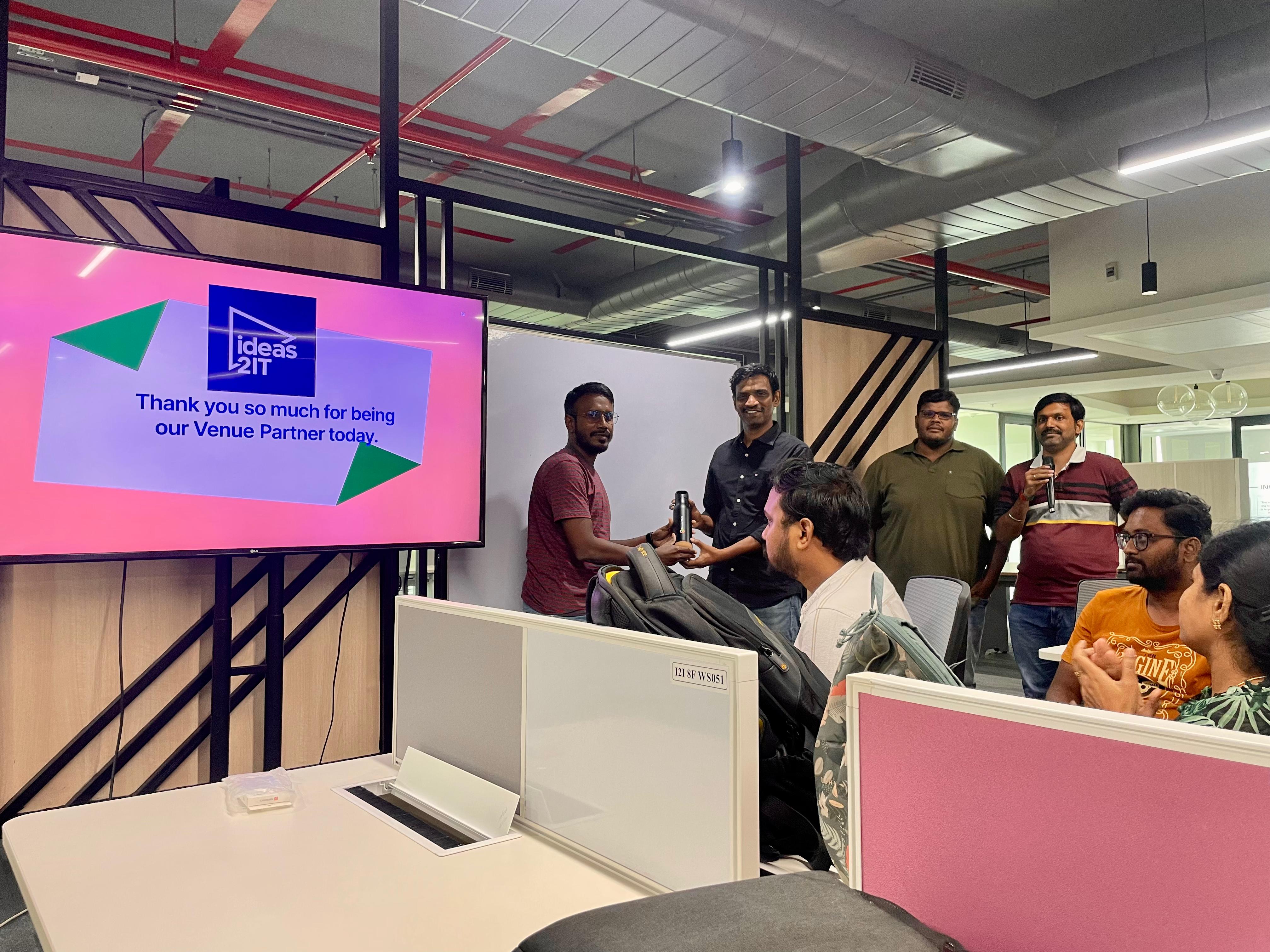
Positioning QA as a Strategic Function
The BrowserStack meetup in Chennai, in June, reaffirmed that QA is evolving into a strategic function across many organizations. AI is a key enabler in this shift. It’s helping QA teams scale with fewer bottlenecks, detect risks earlier, and contribute more directly to product velocity. But to realize its full potential, adoption must be intentional, explainable, and aligned with broader engineering goals.
This is a pivotal moment for QA teams. The leaders who focus on augmentation over automation, and insight over intervention, are the ones reshaping how quality is delivered at scale.
About the Author:
Ganesh Manoharan is the Chennai Chapter Lead for BrowserStack’s community. With over 13 years of experience in software quality assurance, Ganesh is a seasoned Senior QA Engineer with deep expertise in both manual and automation testing. He has worked across diverse domains, including Fintech, Insurance, Retail, Logistics, and Healthcare, consistently delivering high-quality outcomes in complex enterprise environments.
His core strengths lie in analyzing specification documents, designing robust test scenarios, and automating test workflows for greater efficiency. Known for his precision, strong communication skills, and a solution-first mindset, he thrives under pressure and brings a detail-oriented approach to every project. Whether it's identifying hidden bugs or collaborating across teams, Ganesh combines technical excellence with a passion for continuous improvement.
For those exploring AI in software testing, engaging with practitioner-led communities offers valuable learning and collaboration opportunities.
- To join future BrowserStack QA community events, visit Browserstack''s Meetup Page
- Interested in sharing your expertise and thought leadership on Ideas2IT’s blogs or exploring a collaboration? Follow Ideas2IT on LinkedIn and send them a DM.







.png)
.png)
.png)
.png)
.png)
.png)





